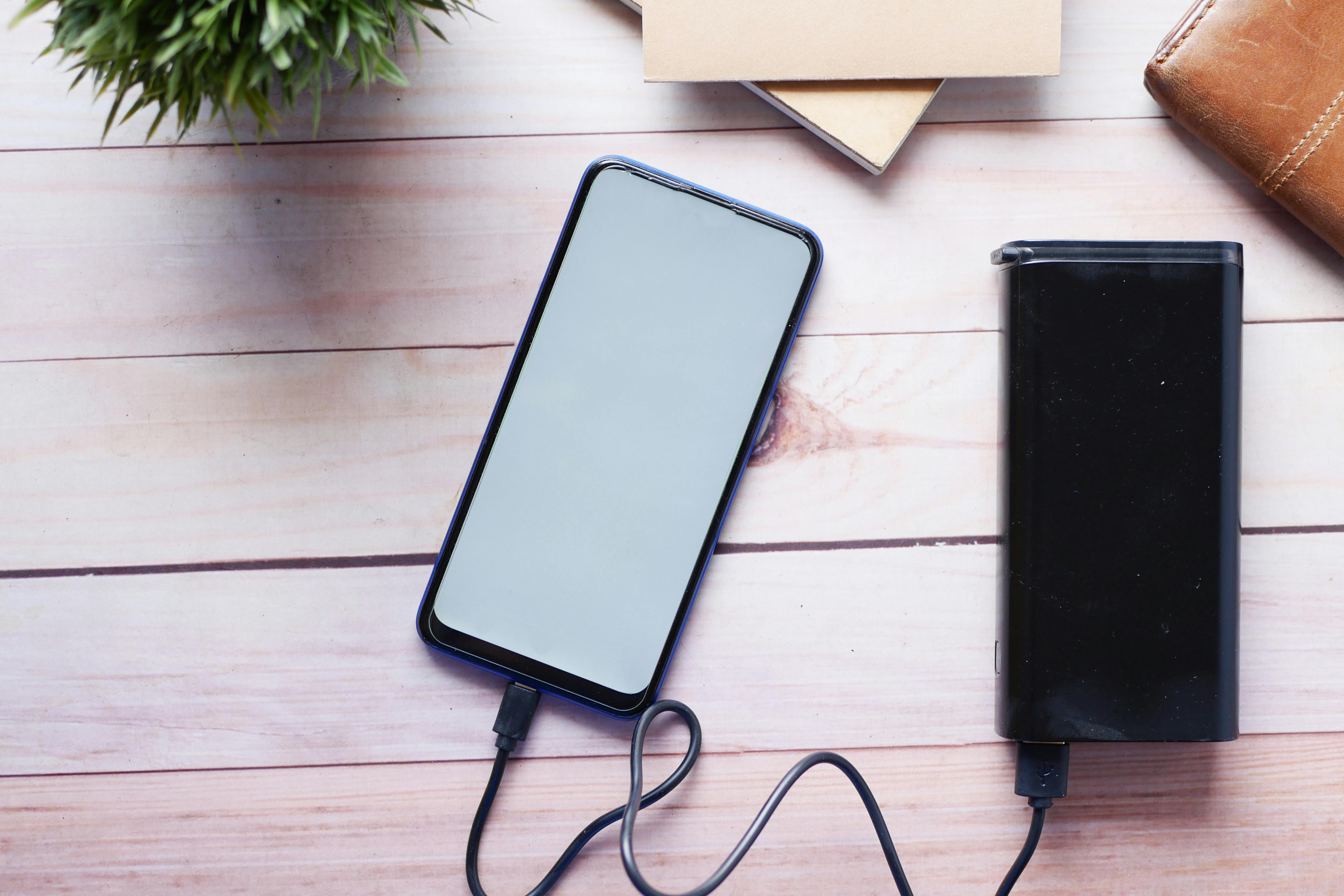
A power bank is a handy backup battery that lets you charge your devices when you’re away from a wall socket. But with so many options out there, picking the right one can be confusing. Here’s a simple guide to understanding power bank specs and finding the right one for you.
1. Capacity (mAh) – How Much Charge It Can Hold
The capacity of a power bank is measured in milliampere-hours (mAh). In simple terms, a higher mAh means the power bank can hold more charge. Here’s a basic breakdown:
5,000 mAh – Charges most smartphones about once.
10,000 mAh – Enough to charge a smartphone twice or a small tablet once.
20,000 mAh or more – Great for charging a phone multiple times or for charging tablets and some laptops.
Think about how long you’ll be away from a plug. For everyday use, a smaller capacity might be enough. For trips, go for something with 10,000 mAh or more.
2. Output Power (W) – How Fast It Charges Your Device
Output power, measured in watts (W), tells you how quickly the power bank can charge your device:
5W–10W – Basic charging speed, which works fine for most devices.
18W–30W – Faster charging, ideal for newer smartphones and tablets.
45W or higher – Good for charging laptops and other high-power devices.
To get fast charging, your device and the power bank both need to support it. If your phone or tablet can fast charge, look for a power bank that offers at least 18W.
3. Number and Type of Ports – How Many Devices You Can Charge
Many power banks have more than one charging port, letting you charge multiple devices at the same time. Here’s a look at the common ports:
USB-A – The “regular” USB port, compatible with most older charging cables.
USB-C – Newer and faster, often found on newer smartphones, tablets, and some laptops.
Micro-USB – Mostly used for charging the power bank itself, not for output.
If you have multiple devices or need faster charging, look for a power bank with at least one USB-C port. If you’re mostly charging one phone, one USB-A port might be fine.
4. Input Power (For Recharging the Power Bank)
The input power tells you how quickly the power bank itself recharges:
- Standard USB input recharges more slowly, especially for bigger power banks.
- USB-C input can recharge faster, which is useful if you have a large-capacity power bank.
If you want your power bank to recharge quickly, look for one that supports USB-C charging.
5. Pass-Through Charging – Charge While You Recharge
Pass-through charging means you can charge your phone and recharge the power bank at the same time. Not all power banks offer this, but it can be helpful if you only have one plug and need to top up everything at once.
6. Size and Weight – How Easy It Is to Carry Around
Larger-capacity power banks tend to be bigger and heavier. Here’s a quick guide:
5,000–10,000 mAh – Usually slim and light, good for everyday carry.
20,000 mAh or more – Bulkier but useful if you need lots of power.
If you’re carrying it in your bag or pocket daily, choose a smaller, lighter option. For travel or camping, a larger capacity might be worth the extra weight.
7. Safety Features – Protecting Your Devices
Reliable power banks have safety features that prevent overheating, short circuits, and overcharging. These features help protect both the power bank and your devices, so it’s worth checking for them.
8. Battery Level Indicator – Know When It’s Time to Recharge
Most power banks have lights to show how much charge is left. Some have a small screen that shows the percentage. Either option works, but if you like knowing the exact battery level, go for one with a screen.
Finding the Right Power Bank for You
To sum it up, here’s a quick guide based on your needs:
For daily use – A 5,000–10,000 mAh power bank is enough to keep your phone topped up.
For travel or lots of charging – A 10,000–20,000 mAh power bank with multiple ports will let you charge multiple devices more than once.
For charging laptops or high-power devices – Look for 20,000 mAh or more, with USB-C and at least 45W output.
Power banks are a great way to keep your devices charged and ready. By understanding the basics, you can choose the right one for your needs without getting bogged down in tech details.
View our full range of Power Banks Here.